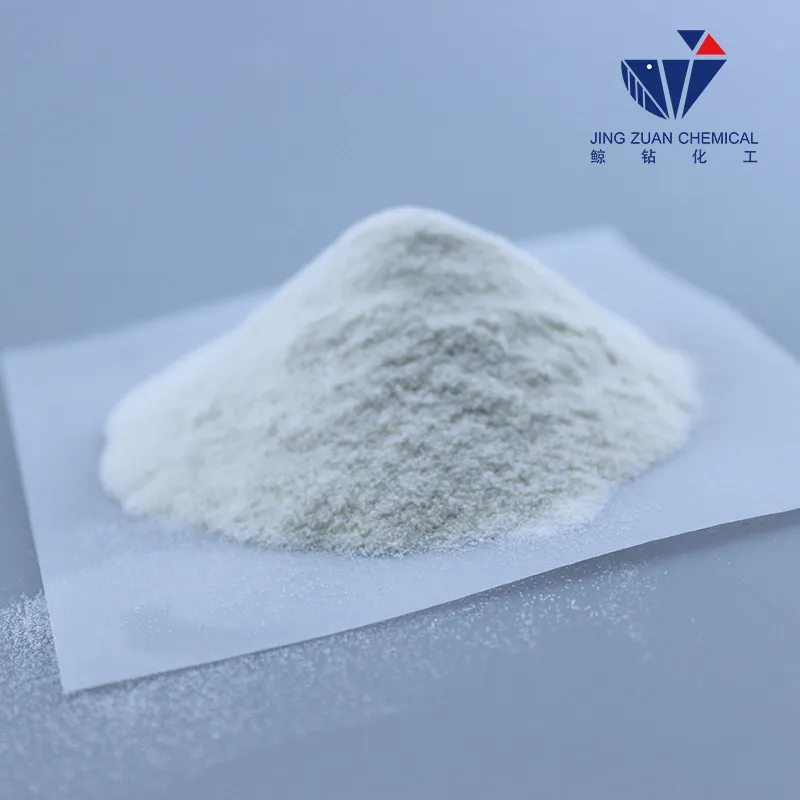...
2025-08-14 16:45
223
...
2025-08-14 16:00
773
...
2025-08-14 15:54
2876
...
2025-08-14 15:44
2107
...
2025-08-14 15:43
329
...
2025-08-14 15:43
826
...
2025-08-14 15:37
1135
...
2025-08-14 14:53
533
...
2025-08-14 14:42
569
...
2025-08-14 14:33
1522




